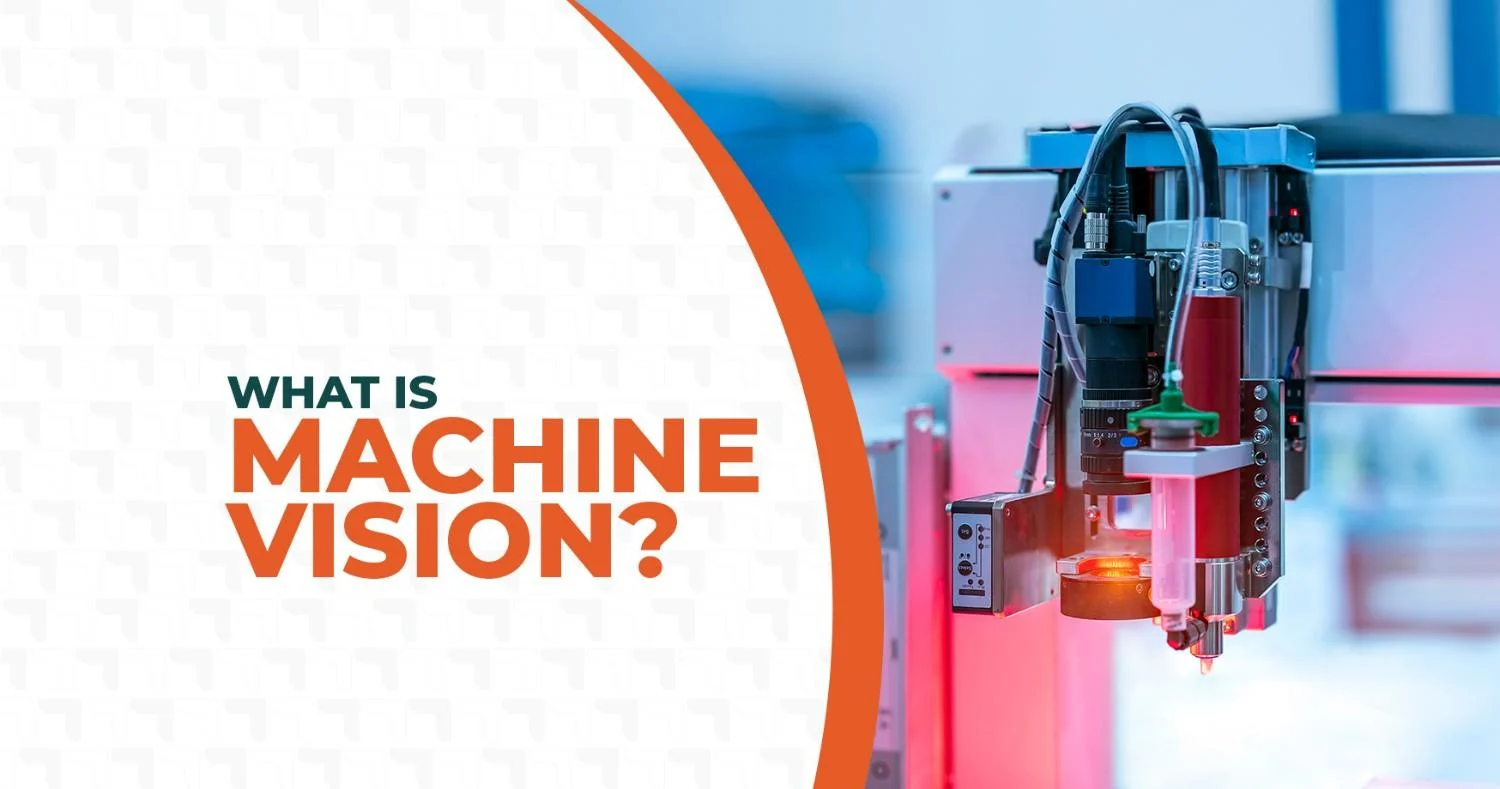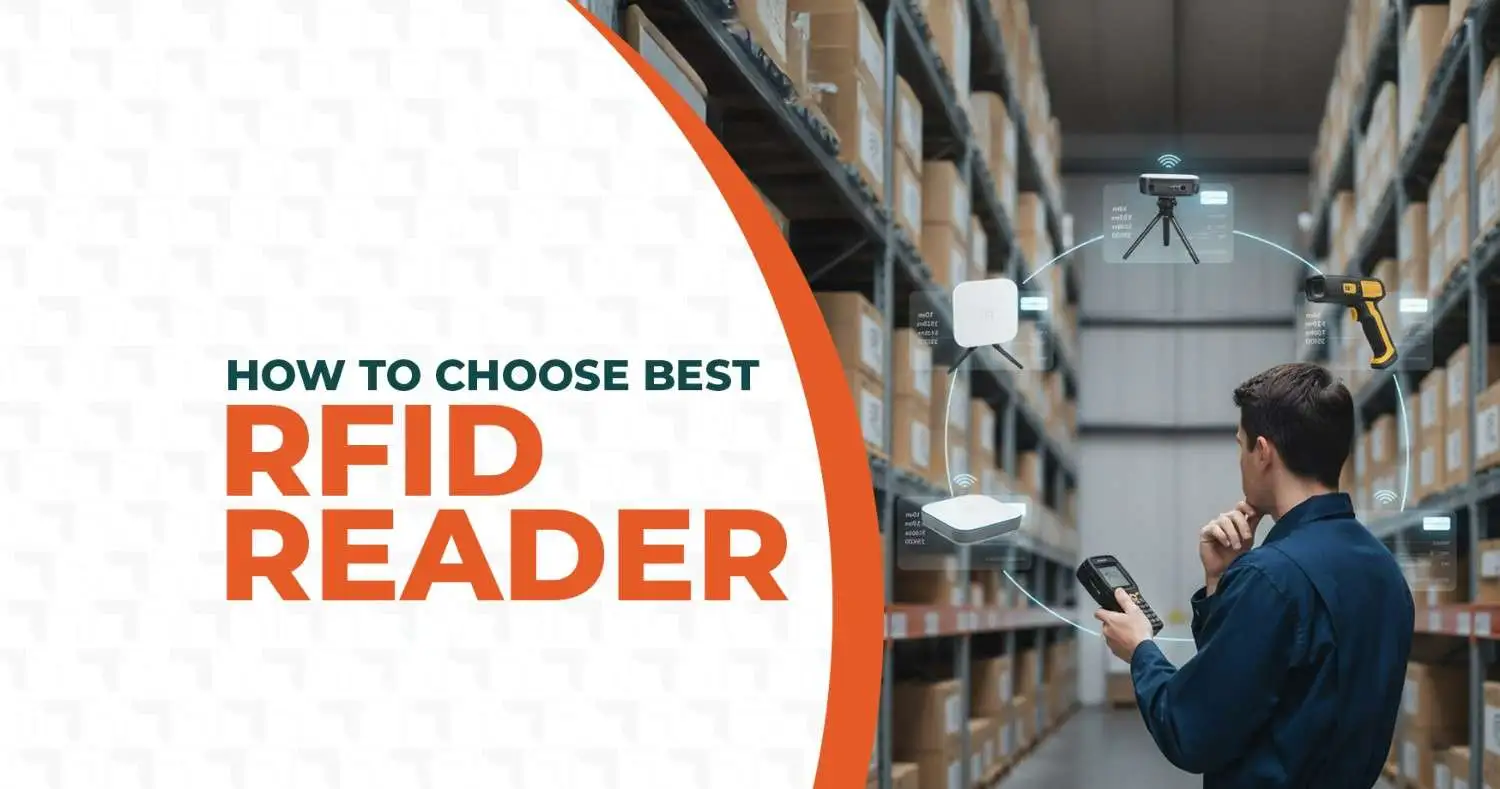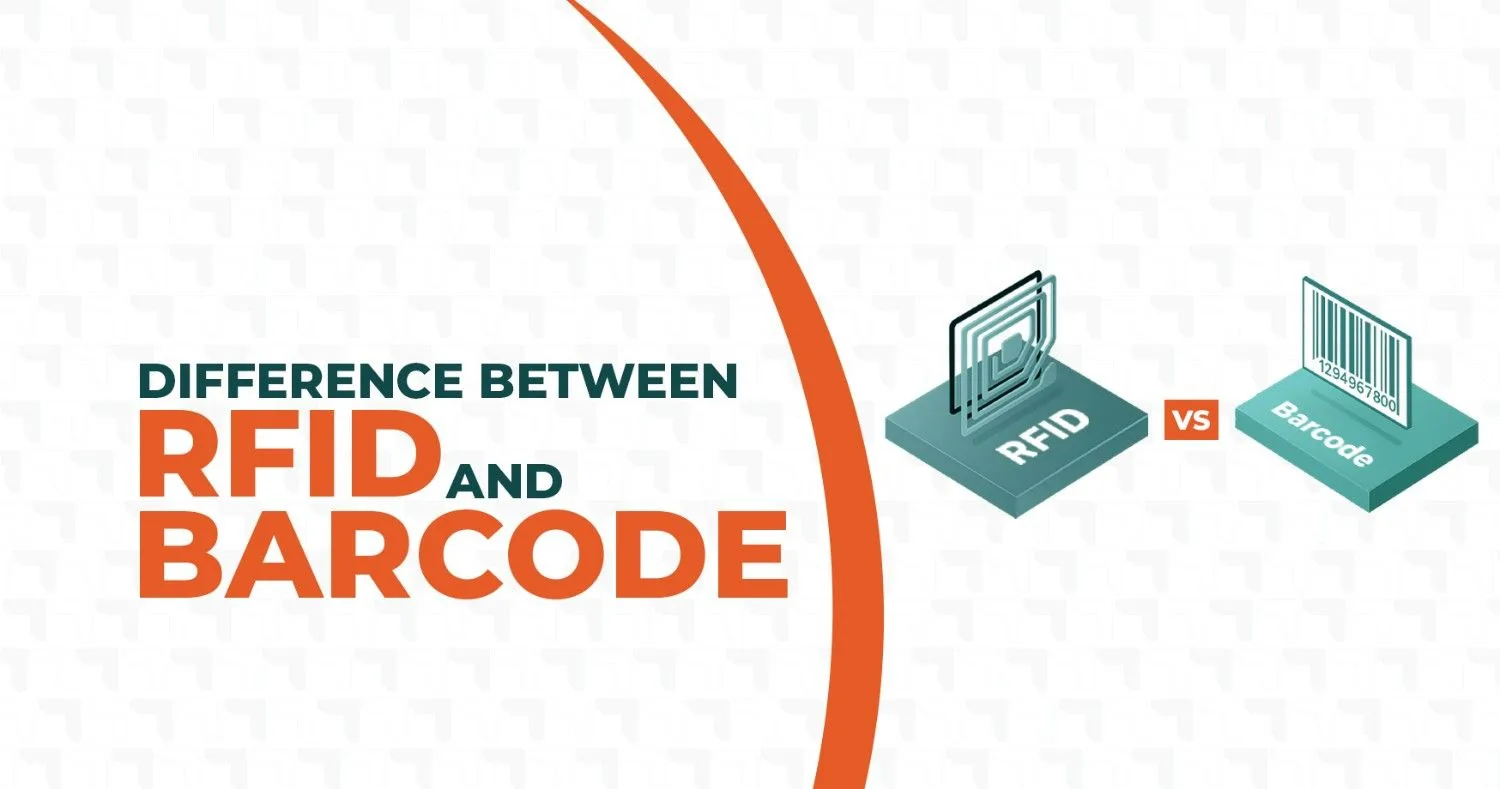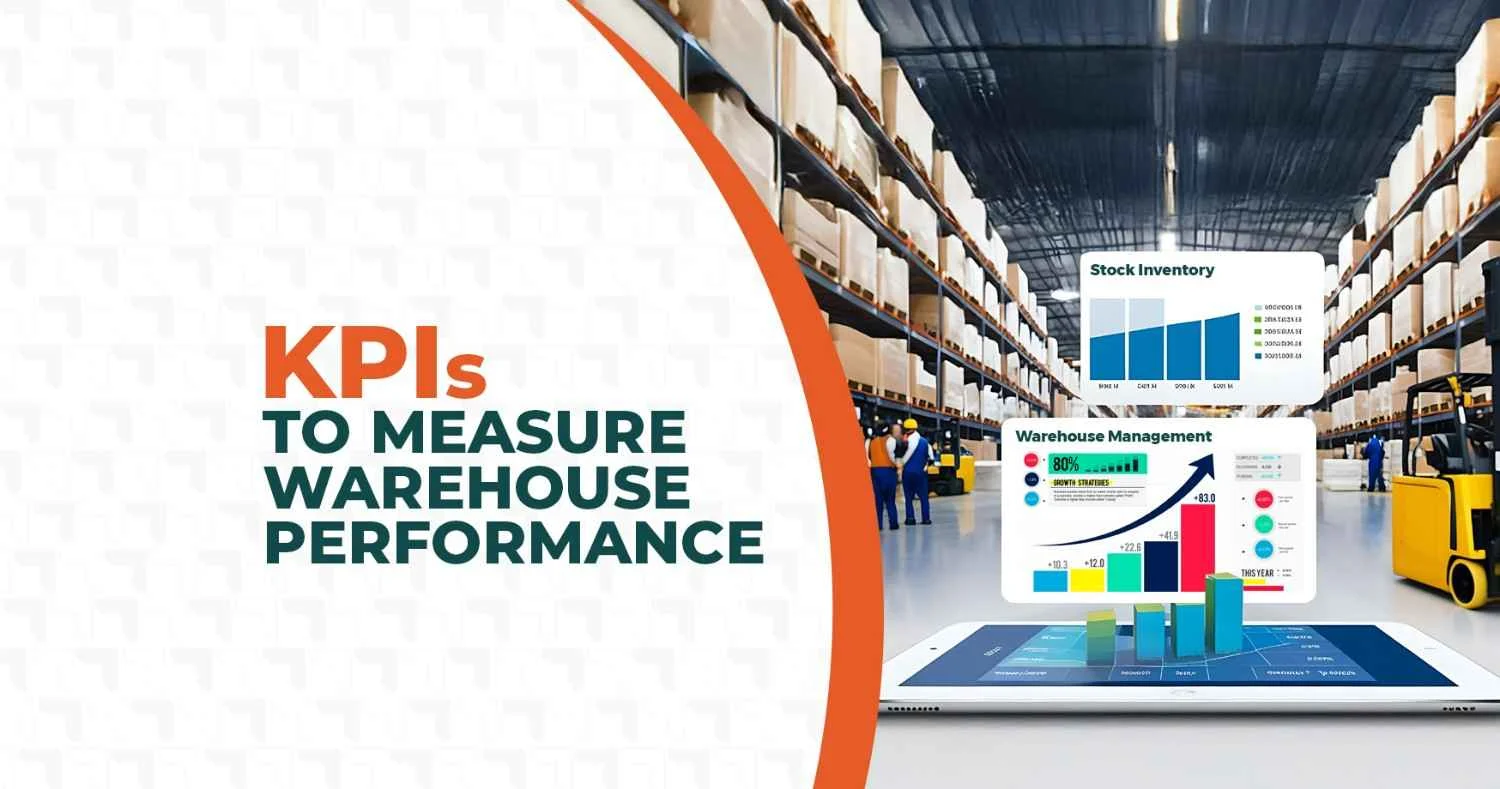
What Is Machine Vision?
Machine vision is a technology that enables machines to see and interpret visual data, allowing them to analyze images and make informed decisions. It combines cameras, sensors, lighting systems, and intelligent processing software to inspect, identify, and guide with high precision. The primary goal is to automate visual inspection and action without human intervention.
A standard machine vision definition includes the ability to capture an image, process it through algorithms, and trigger a response, whether it is rejecting a defective product, measuring a component, or guiding a robotic arm. Over time, the technology has expanded beyond manufacturing to applications in autonomous vehicles, security, logistics, healthcare, and retail operations.
Today, machine vision powers visual intelligence across connected systems like Industry 4.0, that rely on real-time data, contributing to the broader movement toward smart factories and predictive automation.
Learn more about What is Industry 4.0
Understanding the Concept of Machine Vision in Detail
Machine vision supports the core functionality of factory-level automation. AI-based Cameras act as the eyes that capture information from a scene, while the processing software functions as the brain that interprets it.
The process begins with image capture, followed by analysis using a combination of optical hardware and algorithms. The system identifies visual patterns, measures parameters, and compares them against set standards. It replicates the human ability to observe and evaluate but performs at a far greater speed and consistency.
The most effective machine vision setups strike a balance between robust hardware like cameras, lenses, controlled lighting and AI-based software that refines image analysis.
Machine vision technology extends human perception. Where human eyes may fatigue or overlook defects, machine vision maintains constant accuracy, even in complex environments with high-volume or microscopic inspections.
How Does Machine Vision Work?
Machine vision turns raw visual input into actionable outputs through a clear sequence of tasks. It starts with capturing images under controlled optics and lighting, then processes those images to extract measurements and features, and finally applies logic or learned models to make decisions that drive automation.
1. Image Capture
Every machine vision system begins with precise image capture. The clarity and detail of visual input define how well the system will perform downstream tasks.
Different types of cameras serve specific purposes.
- Area scan cameras capture two-dimensional images suited for static inspections.
- Line scan cameras build images line by line, ideal for continuous moving materials like sheets or webs.
- 3D cameras or depth sensors add volumetric measurement, useful for verifying object geometry or surface topology.
Lighting is equally important. LED, laser, or diffuse lighting ensures the captured image remains free from glare or shadows. Consistency in illumination reduces false detections and improves algorithmic stability.
Frame rate, exposure, and resolution parameters must align with the production line’s speed and precision requirements. Poor calibration can compromise the system’s overall reliability.
2. Image Processing
Once images are captured, they undergo multiple stages of processing.
The preprocessing stage enhances clarity by reducing noise, adjusting contrast, and calibrating the frame to standardize conditions.
Next, feature extraction identifies relevant information such as edges, shapes, or texture patterns. Advanced systems use AI and machine learning to analyze variations and classify them as acceptable or defective.
This stage often relies on deep learning models trained on hundreds or thousands of image samples, enabling adaptive recognition of anomalies beyond traditional rule-based detection.
3. Decision Making
The processed data is evaluated using either rule-based logic or AI-driven algorithms. The decision stage determines whether a product passes inspection, requires correction, or triggers an alert.
Machine vision systems also communicate directly with PLCs, robotics controllers, or other automation equipment, including rejection systems, ensuring real-time coordination. In robotic guidance, this allows for precise pick-and-place, alignment, or welding instructions based on visual cues.
Key Components of a Machine Vision System
A well-integrated machine vision setup comprises several hardware and software layers that function cohesively.
1. Cameras and Sensors
Cameras capture images, while sensors help in determining product proximity and positioning. Frame grabbers and communication interfaces connect the imaging hardware with processing units for rapid data transfer.
2. Lighting System
Lighting ensures that every frame maintains uniform exposure. LED lighting offers energy efficiency and longevity, while laser lighting helps capture fine details. Diffused lighting is preferred where reflection or uneven texture could distort readings. The lighting configuration and angle often determine the inspection’s success more than the camera itself.
3. Image Processing Software
The intelligence layer lies in the software. Algorithms perform image filtering, pattern analysis, and decision-making. AI and deep learning modules extend traditional techniques by enabling models that improve through data exposure.
Some systems run on embedded processors close to the camera source, while others use PC-based platforms for large-scale computational tasks. The choice depends on the system’s complexity and required response time.
4. Communication Interface
The communication layer transmits processed information to other devices within the automation ecosystem. Seamless data exchange allows easy integration between Machine Vision Systems and broader factory networks.
Applications of Machine Vision in Different Industries
Machine vision technology has matured to cover a wide range of industrial functions. Each application focuses on visual inspection and control but is tailored to its operational environment.
1. Quality Inspection and Defect Detection
Quality control remains the most common use case. Machine vision identifies surface defects, incorrect dimensions, placements, contaminations, or missing components with speed and consistency. It ensures every product meets specification before reaching the next production stage.
In industries like automotive and electronics, machine vision examples include detecting scratches, measuring solder joints, or validating assembly integrity. These checks prevent costly rework and maintain process reliability.
2. Barcode and Label Verification
Machine vision also manages text and barcode validation through OCR (Optical Character Recognition) and OCV (Optical Character Verification) techniques. It ensures label accuracy, correct placement, and compliance with traceability standards throughout the supply chain.
This capability extends to logistics environments that use WMS Software to manage shipments and automate packaging verification.
3. Robotic Guidance and Positioning
Robots equipped with vision systems can adapt to object position or orientation in real time. The camera feeds spatial information to the robot controller, guiding movements with sub-millimeter precision. Machine vision ensures consistent assembly, precise alignment, and improved safety during high-speed operations.
4. Assembly Line Automation
Machine vision tracks part absence and presence, part alignment, verifies assembly completeness against BoM, and ensures that each production parameter functions within tolerance. Integrated feedback loops help correct deviations instantly, reducing downtime and improving throughput.
5. Warehouse and Logistics Automation
Vision systems streamline parcel sorting, route optimization, and inventory tracking. When combined with IoT sensors, they provide complete visibility into material movement, shelf utilization, and real-time storage conditions. This combination improves operational speed and data accuracy across logistics hubs.
Benefits of Machine Vision for Businesses
Machine vision strengthens process reliability where precision and speed decide output. It takes over repetitive inspection tasks, maintains uniform quality even in high-volume runs, and supplies real-time data that helps teams trace issues faster. Its operational benefits include:
- Accuracy and Error Reduction: Automated vision checks eliminate subjective judgment and reduce inspection errors.
- Speed and Throughput: High-speed cameras and real-time analysis allow continuous inspection without slowing production.
- Labor Efficiency: Fewer manual checks mean reduced operational costs and better utilization of skilled labor.
- Data Traceability: Vision systems generate inspection data that feed into quality analytics for compliance and reporting.
- Process Optimization: Early defect detection reduces material waste and supports lean manufacturing.
For organizations implementing smart manufacturing, machine vision also contributes to sustainability by optimizing resources and preventing rework. The overall benefits of machine vision extend beyond inspection and move toward business intelligence across the production lifecycle.
Future of Machine Vision and Emerging Trends
The next wave of innovation in machine vision is driven by advancements in artificial intelligence, computational imaging, and edge processing.
- AI and Deep Learning: Neural networks are redefining defect detection by recognizing subtle deviations that rule-based systems miss. They also enable systems to adapt to variations in materials or environmental conditions without extensive reprogramming.
- 3D Vision: Depth sensing expands the range of inspection to complex shapes and surfaces, allowing precise volumetric analysis and assembly verification.
- Edge Computing: On-device data processing reduces latency, enabling faster decision cycles and minimizing the need for centralized processing.
- Predictive Maintenance: Integrated with IoT platforms, machine vision systems can monitor wear, alignment, or vibration patterns, triggering preventive maintenance before failure occurs.
Collectively, these trends are positioning machine vision as the visual intelligence layer within connected industrial ecosystems. Its convergence with AI and sensor technology forms the foundation for self-optimizing, autonomous production environments.
How Bar Code India (BCI) Enables Machine Vision Automation
Barcode India implements machine vision systems across industrial sectors to improve accuracy, efficiency, and traceability. The systems integrate high-resolution cameras, 2D and 3D sensors, controlled lighting, and AI-based image processing to capture and analyze visual data in real time.
1. FMCG
Machine vision inspects product packaging, verifies fill levels, and checks cap sealing. Cameras capture high-speed imagery on production lines, while AI algorithms detect misalignments, defects, or missing elements.
Operational Impact:
- Reduces packaging errors and rejects
- Ensures compliance with quality standards
- Prevents recalls and product wastage
- Maintains high throughput without slowing production
2. Pharmaceuticals and Life Sciences
Vision systems verify vial fill levels, detect contaminants, and confirm labeling and serialization. 3D cameras measure volumes, while OCR and barcode reading ensure correct identification of products.
Operational Impact:
- Strengthens regulatory compliance
- Minimizes risk of contamination and labeling errors
- Improves batch traceability
- Reduces manual inspection effort and inspection time
3. Automotive
Machine vision inspects components for code reading, homologation markings , part absence/presence, surface defects, dimensional accuracy, and assembly correctness. Robotic systems use visual feedback for precise installation and alignment in production lines.
Operational Impact:
- Reduces rework and scrap rates
- Increases assembly accuracy
- Enhances safety and repeatability in operation
- Enables faster production cycles without compromising quality
4. Electronics and Consumer Durables
Vision systems check solder joints, PCB assembly, code reading and component placement. AI models detect micro-defects and alignment issues at high volume, ensuring functional reliability.
Operational Impact:
- Minimizes functional failures in finished products
- Reduces inspection time per unit
- Increases first-pass yield
- Maintains consistency in high-speed production
5. Logistics and Warehousing
Integrated with WMS Software, machine vision scans packages, verifies codes including barcodes, and tracks inventory in real time. It ensures parcels are correctly routed and inventory records are accurate.
Operational Impact:
- Reduces misplacements and shipping errors
- Improves sorting and routing efficiency
- Enables accurate, real-time inventory tracking
- Supports faster order fulfillment
Conclusion
Machine vision is now an essential tool for industrial operations. It ensures inspection accuracy, reduces defects, and maintains production consistency. Modern systems with AI and edge processing can classify defects, verify assembly, and guide robotics in real time without human intervention.
Other than inspection, machine vision enables process monitoring, predictive maintenance, and quality validation. It supports precise measurements, alignment checks, and traceability across manufacturing and logistics workflows.
Organizations using machine vision see measurable results: lower rework rates, fewer stoppages, and tighter quality control. By integrating visual intelligence into production lines and supply chains, machine vision directly improves operational efficiency, reduces costs, and strengthens compliance
FAQs
1. What are the main uses of machine vision?
Machine vision is used for quality inspection, defect detection, code/barcode reading, robotic guidance, and process monitoring across manufacturing, logistics, retail and healthcare industries.
2. How does machine vision support Industry 4.0?
It acts as a sensory component in smart factories, providing real-time visual data that enhances automation and predictive analytics.
3. How is machine vision different from computer vision and AI?
Machine vision applies visual analysis for industrial automation, while computer vision is a broader AI discipline used across various domains. AI enhances both by improving accuracy through learning-based recognition.
4. What are the types of machine vision systems?
Common types include 1D, 2D and 3D,-based systems, as well as pattern-recognition setups used for defect classification and object identification.
5. What are the key hardware components?
Essential components include cameras, sensors, lenses, lighting systems, processing units, and communication interfaces for data integration
6. Can machine vision integrate with existing automation tools?
Yes. Machine vision systems connect with PLCs, robotic controllers, and MES/WMS, Track and Trace software platforms using standard protocols. They can trigger real-time actions, log events, and provide data for process optimization. Integration enables faster defect handling, improved throughput, and better traceability without disrupting existing workflows.
Share this page
Get in Touch
Ready to take your business to the next level with BCI (Bar Code India)? We're just a phone call or email away.



